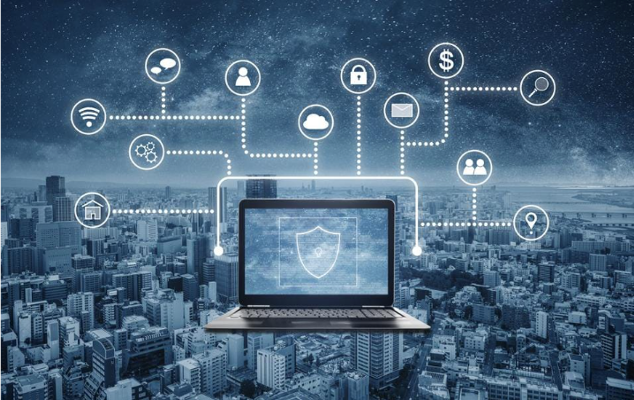Securing Remote Work and Virtual Learning Environments: How CARES Act Helps
As state and local governments are fine-tuning their distributed workforce for long-term success and higher education institutions are implementing hybrid learning environments, IT teams are tasked with delivering more with less. With tax and public revenue down and enrollment uncertain, governments and colleges/universities alike are at a crossroads.
Maturing remote infrastructure: How CARES can help
The Coronavirus Aid, Relief, and Economic Security Act (CARES Act) established the Coronavirus Relief Fund, and appropriated $150 billion to state, local, and tribal governments and education institutions for specified uses, including:
- “Facilitate distance learning, including technological improvements, in connection with school closings to enable compliance with COVID-19 precautions
- Improve telework capabilities for public employees to enable compliance with COVID-19 public health precautions”
Though the funds will not be enough to revert the severe pandemic-related losses in revenue for governments and education institutions, they will help purchase tools and equipment for remote work and distance learning.
As government and higher education IT teams mature their remote infrastructures, security and cost implications are both high priority – how to move forward most efficiently and securely.
Managing a distributed environment – securely and efficiently
Tanium unifies IT operations and security teams, helping to solve one of the most challenging issues facing IT teams as they ramp up telework and distance learning: how to effectively manage security, compliance and performance for a distributed environment.
This challenge can’t be solved with disjointed solutions, by following policies and procedures that worked in the past, or by asking overstretched internal teams to simply do more. State and local governments and education institutions must rethink how IT administrators manage and secure operational environments. This new approach should:
- Provide end-to-end visibility into the new, borderless, operational environment
- Monitor and manage endpoint usage, performance and security in real time without concern for where the endpoint resides
- Monitor and manage distributed workforce infrastructure, software deployments and patching
- Continue to manage existing centralized infrastructure
- Help enforce policy and maintain fundamental cyber hygiene
- Account for and help protect the type, location and state of protected data now residing outside the perimeter of the enterprise local area network (LAN)
Further, by eliminating outdated technology and processes and centralizing/consolidating operations and security teams, there is a significant potential for cost savings and an opportunity to drive long-term efficiency. An agency or educational institution can usually save significant dollars on an ongoing basis by consolidating similar tools and eliminating tools they no longer need – saving on license costs, upgrade costs and maintenance, and support costs.
For instance, a large university recently leveraged CARES Act funds to expand their endpoint management and security platform to be the standard across the university for asset management solutions, patch management tasks, and ensuring compliance.
Endpoint management and security from the cloud, where your workforce is
Tanium also addresses the challenges associated with securing a distributed environment with a comprehensive endpoint management platform fully operational in the cloud, Tanium as a Service (TaaS). With TaaS, tools that manage, maintain, support and help secure endpoints are consolidated onto a single console and there is zero on-premises infrastructure needed.
The Zero Trust cloud architecture gives organizations the choice to deploy new operations and security capabilities in hours providing them unparalleled visibility and control over their enterprise. This platform is particularly beneficial for states or large municipalities that need to provide rural communities and smaller municipalities with the infrastructure necessary to address remote work. With TaaS, these smaller organizations don’t need an infrastructure – they can simply set up an account, download a client, and have access to the Tanium platform.
Governments and education institutions can leverage the Tanium platform to gain the visibility needed to drive IT cost efficiencies and improve business value. Unlike older tools and narrow point solutions, Tanium provides extensive, accurate data in real time. You can leverage Tanium to help reduce operating costs, streamline administration and the infrastructure, and reclaim software licensing.
It’s simple: America will not progress until state and local governments and education institutions do. However, getting a successful IT and security strategy is not easy, and IT and financial decision makers need a modern environment to help save time and money while reducing disruption.
To learn more about how Tanium can help organizations during the distributed workforce, visit: https://www.tanium.com/solutions/state-and-local-government/
Note: The information provided is for informational purposes only. It should not be taken for, nor is it intended as, legal advice. We would like to emphasize that there is no substitute for organizations making their own detailed investigations or seeking their own legal advice if they are unsure about the implications of the CARES Act on their businesses.
Interested in seeing Tanium in action? Schedule a one-to-one demo or talk to our Tanium experts at our upcoming events.




